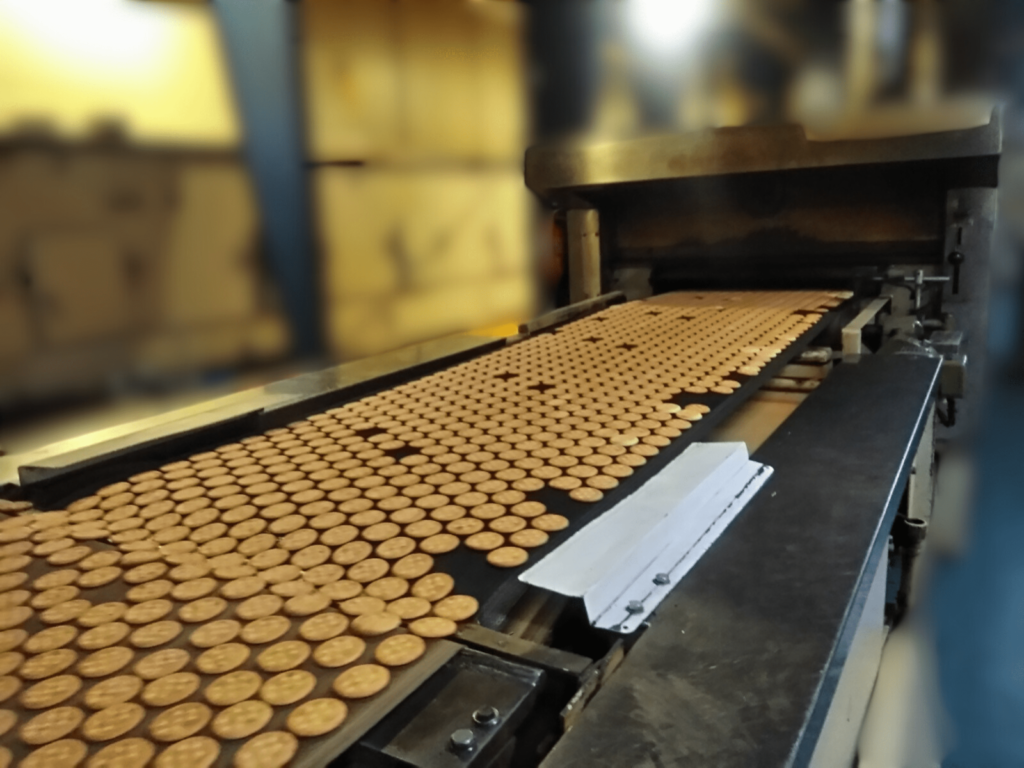The Maillard reaction is a fundamental chemical process that occurs when amino acids and reducing sugars react under heat. This reaction is responsible for the browning of foods and the development of complex flavors and aromas in baked goods, grilled meats, and roasted coffee. Named after French chemist Louis-Camille Maillard, who first described it in 1912, the Maillard reaction is essential in culinary science. However, while it enhances taste and appearance, it also produces a few undesirable byproducts, including carcinogenic compounds.
The Process of the Maillard Reaction
The Maillard reaction involves a series of complex interactions between amino acids and reducing sugars. As these molecules interact under heat, they undergo a series of chemical transformations, leading to the formation of brown pigments known as melanoidins and various flavor compounds. The process begins with the formation of a glycosylamine, which then undergoes Amadori rearrangement to form ketosamines. These ketosamines further decompose into a range of reactive compounds that contribute to flavor and color.
Carcinogenic Compounds in the Maillard Reaction
Among the many byproducts of the Maillard reaction, certain compounds have raised health concerns due to their carcinogenic potential. These include acrylamide, heterocyclic amines (HCAs), and polycyclic aromatic hydrocarbons (PAHs).
Acrylamide: This compound forms in carbohydrate-rich foods such as potatoes and bread, when cooked at high temperatures. Acrylamide has been classified as a probable human carcinogen by the International Agency for Research on Cancer (IARC).
Heterocyclic Amines (HCAs): These are formed when meat, poultry, or fish are cooked at high temperatures, particularly during grilling or frying. HCAs have been shown to cause cancer in laboratory animals.
Polycyclic Aromatic Hydrocarbons (PAHs): PAHs form when fat and juices from meat grilled directly over an open flame drip onto the fire, causing flames and smoke. These substances adhere to the surface of the food and are also recognized as carcinogens.
Regulatory Measures to Control Carcinogenic Compounds
Given the health risks associated with these carcinogenic compounds, regulatory bodies worldwide have implemented measures to monitor and control their levels in food.
European Union (EU): The EU has established benchmark levels for acrylamide in various food products, and manufacturers are required to implement mitigation measures to reduce its formation. Regular monitoring and reporting are mandatory.
United States Food and Drug Administration (FDA): The FDA provides guidelines and recommendations for reducing acrylamide levels in food production. These include modifying cooking times and temperatures, choosing appropriate raw materials, and employing certain food additives.
World Health Organization (WHO) and Food and Agriculture Organization (FAO): These organizations have published guidelines to help countries develop strategies to minimize the formation of acrylamide and other harmful compounds in food.
A Revolutionary Solution
In industrial bakeries, maintaining product quality in terms of flavor and baking is crucial, but it is equally important to control moisture levels. Proper moisture management ensures that products do not spoil due to cracking and checking and enhances their shelf life. To achieve this, ovens are often kept at high temperatures to ensure heat penetrates to the core of the baked goods. However, this can cause the outer layers to over-dry, over-bake, spoil, and undergo excessive Maillard reactions, potentially leading to the formation of carcinogenic compounds.
The Promise of RF Drying
A promising technique to mitigate these issues in food processing is Radio Frequency (RF) drying. RF drying uses electromagnetic energy to heat and dry food products evenly and efficiently, reducing the need for high-temperature cooking processes and thus minimizing harmful byproducts. This method heats water molecules directly, allowing the drying process to occur at much lower temperatures, around 100°C. Consequently, it prevents excessive Maillard reactions and the associated risks.
How RF Drying Works
RF drying involves placing the food product between two electrodes to create an alternating electric field. The water molecules in the food align with this field, causing them to oscillate and generate heat uniformly throughout the product. This even heating prevents localized high temperatures, which are often responsible for forming acrylamide, HCAs, and PAHs.
By using RF drying, industrial bakeries can achieve better moisture control, enhance product shelf life, and significantly reduce the risk of forming carcinogenic compounds, all while maintaining the desired quality and flavor of their baked goods.
Advantages of RF Drying
Uniform Heating: RF drying ensures that heat is distributed evenly, reducing the risk of hotspots where carcinogenic compounds are more likely to form.
Lower Temperatures: The process can dry foods at lower temperatures compared to traditional methods, minimizing the Maillard reaction’s potential to produce harmful byproducts.
Efficiency: RF drying is faster and more energy-efficient, leading to reduced processing times and lower energy consumption.
Quality Preservation: By maintaining lower temperatures, RF drying helps preserve the nutritional and sensory qualities of food, ensuring better taste and texture.
Speed at Low Moisture Levels: RF drying significantly speeds up the drying process, especially when the product moisture is very low. This rapid drying at low moisture levels further reduces the duration and extent of the Maillard reaction, keeping it to the required extent, and minimizing the formation of carcinogenic compounds.
Conclusion
The Maillard reaction, while essential for developing flavors and colors in food, can also produce carcinogenic compounds that pose health risks. Regulatory bodies are actively working to control these compounds’ levels in food products through stringent guidelines and monitoring. RF drying emerges as an innovative and effective solution to mitigate the formation of these harmful byproducts, offering a safer and more efficient approach to food processing.Since the technology is already mature, RF drying could soon become a standard practice in the industry, ensuring safer and healthier food for consumers worldwide.
